Kushti: When Wrestling Gets Dirty.
Welcome to the world of Kushti also known as Pehlwani, a form of wrestling coming out of South Asia. Before we get our hands dirty, let’s lay down the history and the ground rules.
The History of Kushti
Kushti was developed in the Mughal Empire by combining Persian martial arts with influences from native INDIAN combat wrestling. Kushti wrestlers are often trained in judo and jujutsu as well.
Related | 45 of the Gayest Moments in Sports History
Training for this sport can be pretty grueling with the most dedicated wrestlers starting as early as 6 years of age. Training involves pulling logs, climbing ropes, running long distances, and waking up at 3 AM to do it all over again. Every match begins with a blessing that involves throwing a few handfuls of dirt on yourself and your opponent. Once the match begins, it’s every person for themselves.
The Rules of Kushti
You must pin your opponent’s shoulders and hips to the ground at the same time. No points, no goals, no problem. Or so you’d think. There are no rounds but the duration of every match is decided beforehand, usually about half an hour. If the wrestlers both want to extend the match, they can. In Kushti, the wrestling area is either circular or square-shaped, measuring at least fourteen feet across. Instead of using modern mats like boxing or MMA, South Asian wrestlers train and compete on dirt floors, after they’ve been raked for pebbles and stones.
Related | 50 Slick Pics of Greasy Guys Oil Wrestling in Turkey
Despite the marked boundaries of the arena, competitors may go outside of the ring with no penalty. You win by pinning, knockout, or submission. Think you’ve got what it takes to be a Kushti wrestler? Keep reading for some quick tips on how to get on top of this challenging sport. Or you can just keep watching wrestling videos from the comfort of your own home. Let’s get to the flipping, flopping, gripping, and grabbing.

Shutterstock
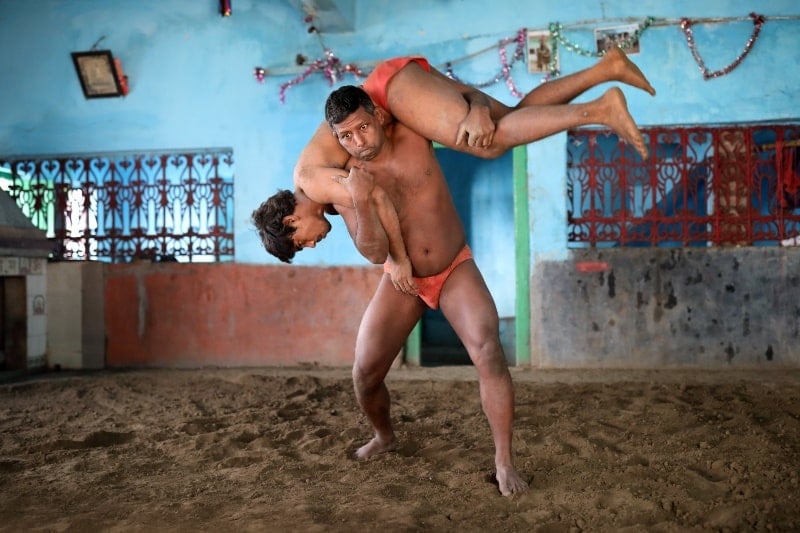
Shutterstock
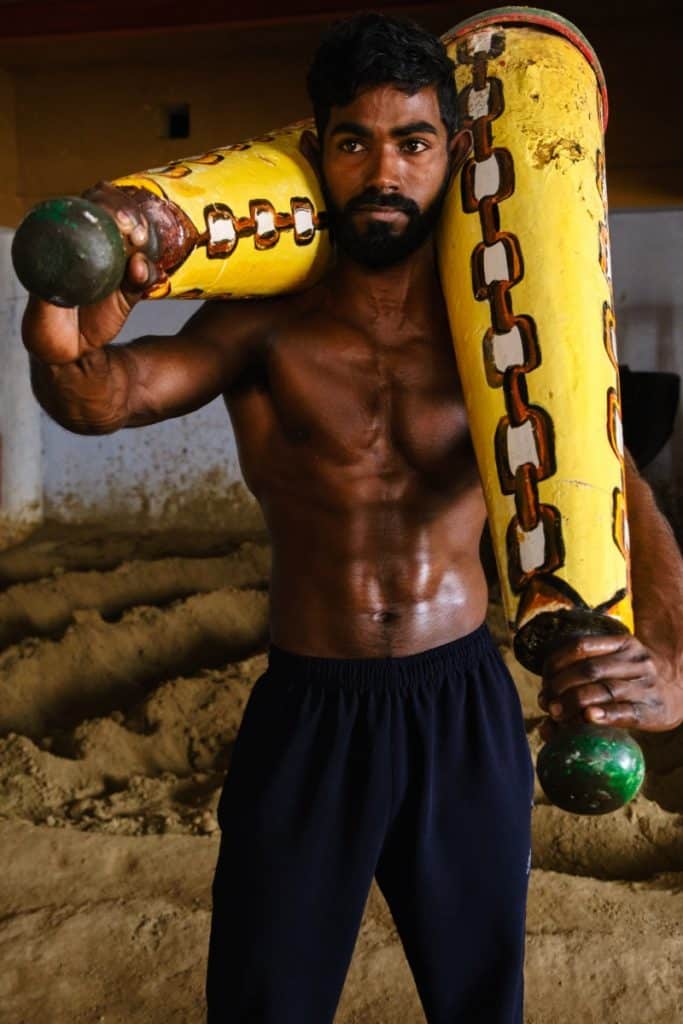
Shutterstock
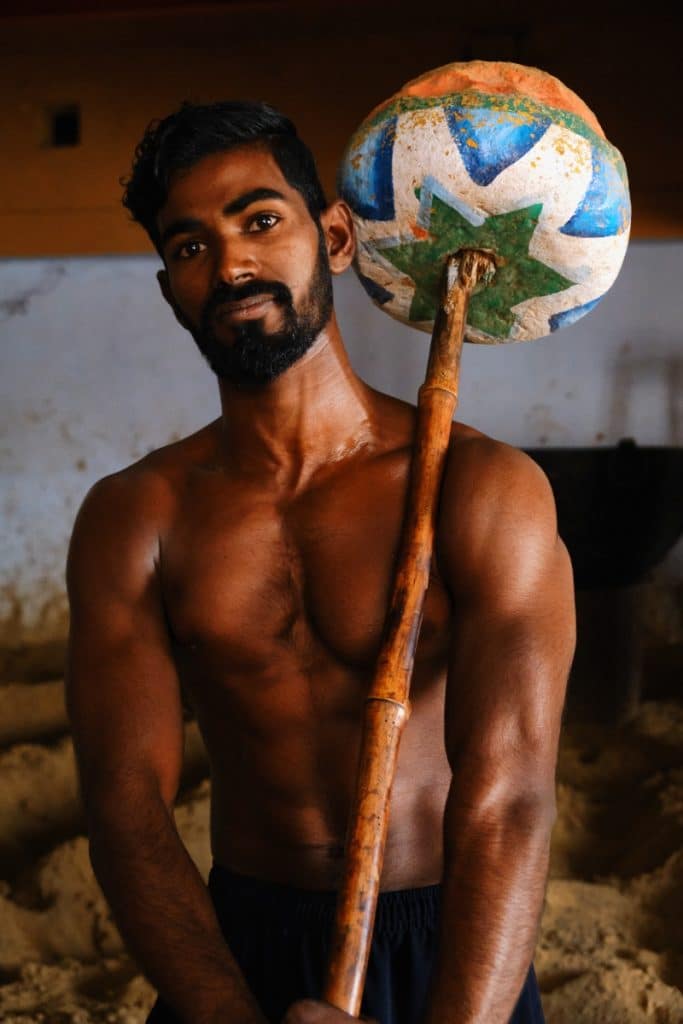
Shutterstock

Shutterstock
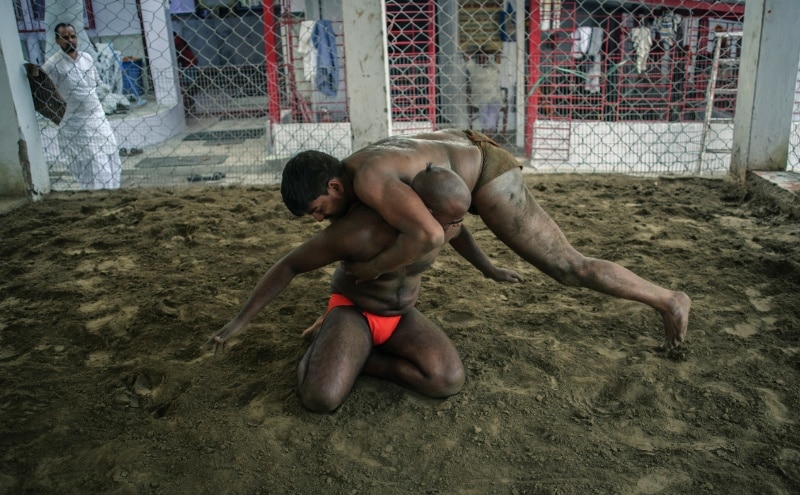
Shutterstock
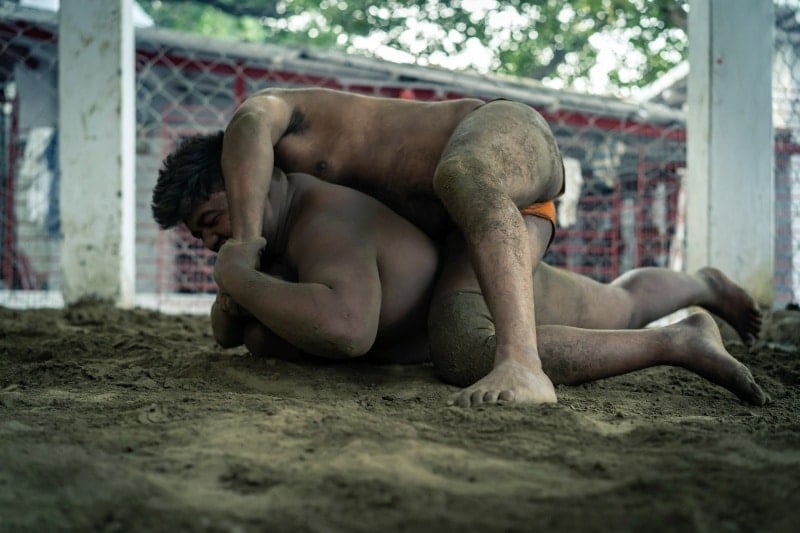
Shutterstock
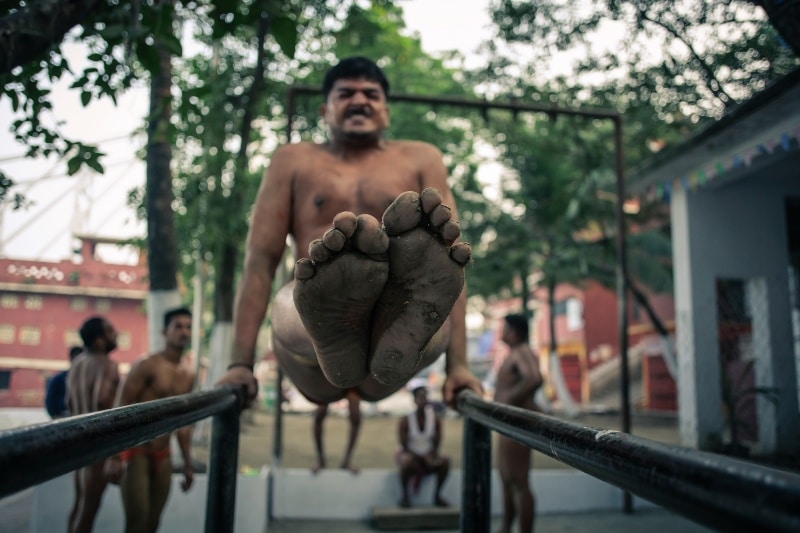
Shutterstock
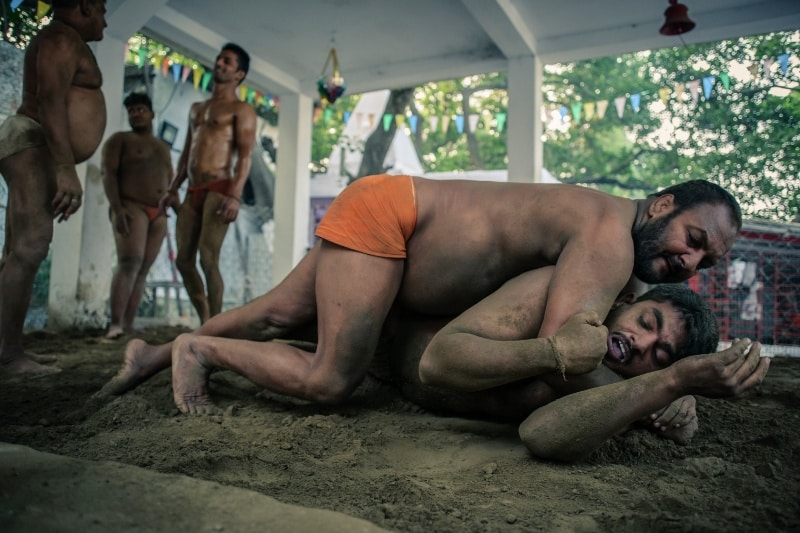
Shutterstock

Shutterstock
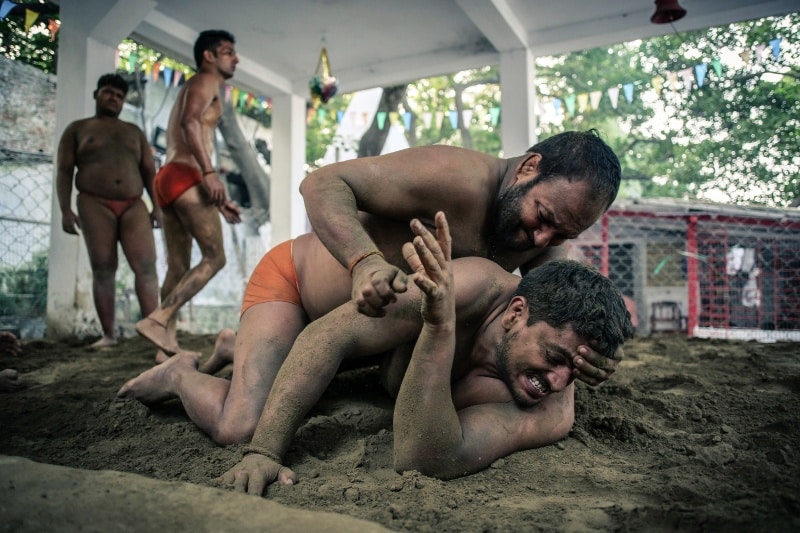
Shutterstock
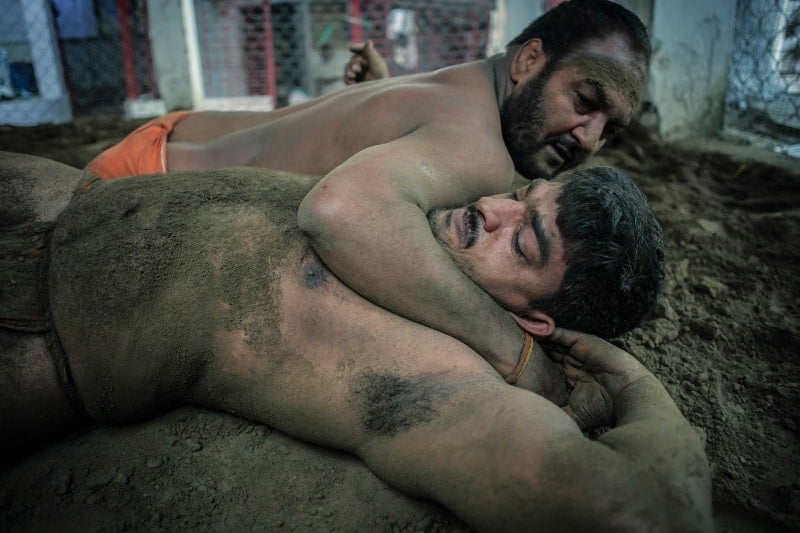
Shutterstock
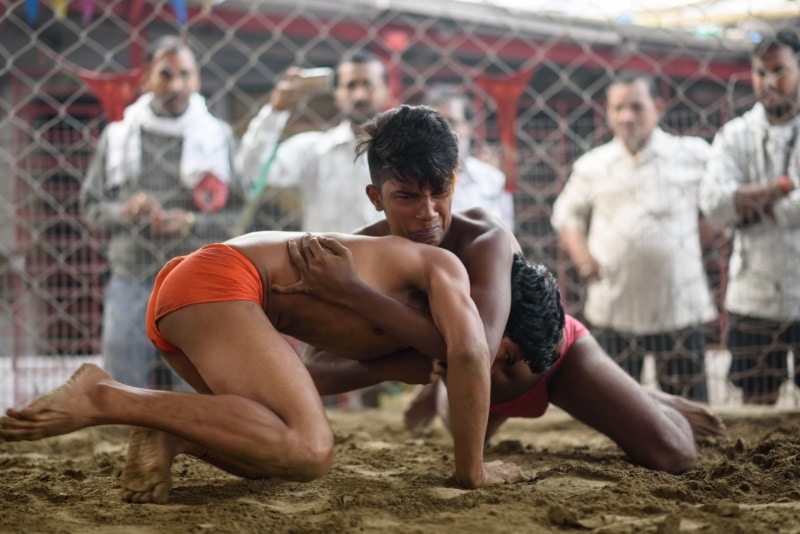
Shutterstock
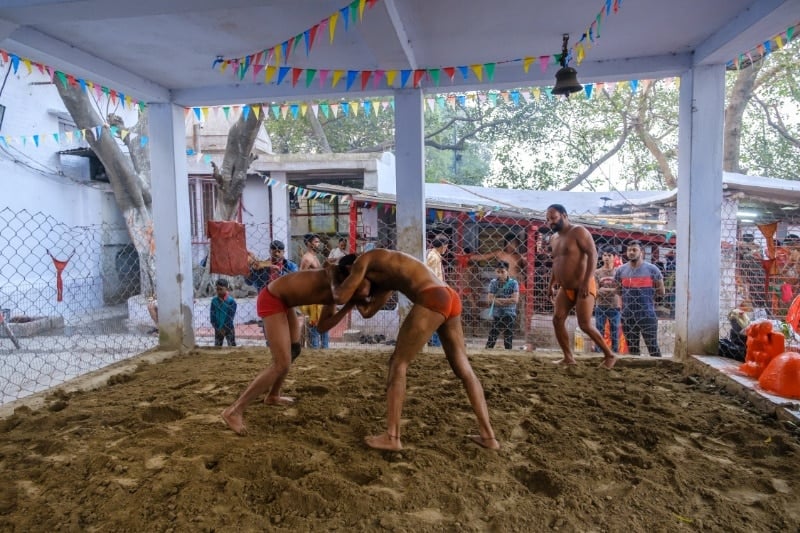
Shutterstock
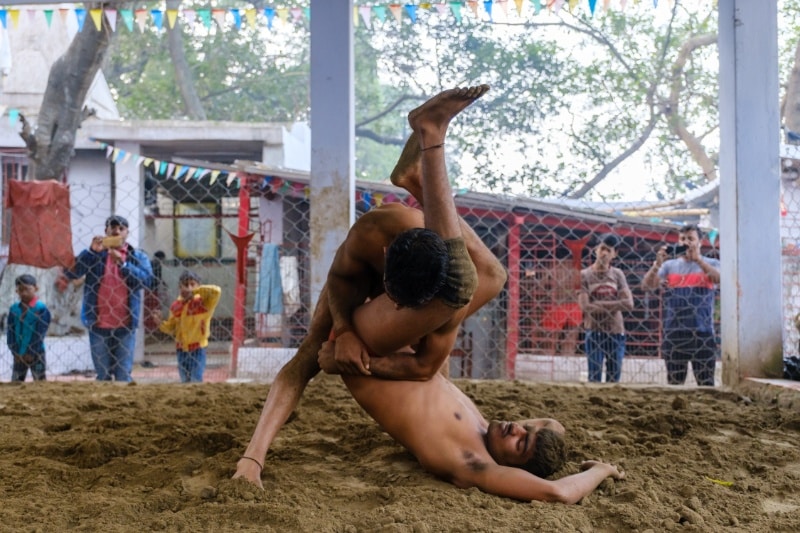
Shutterstock

Shutterstock
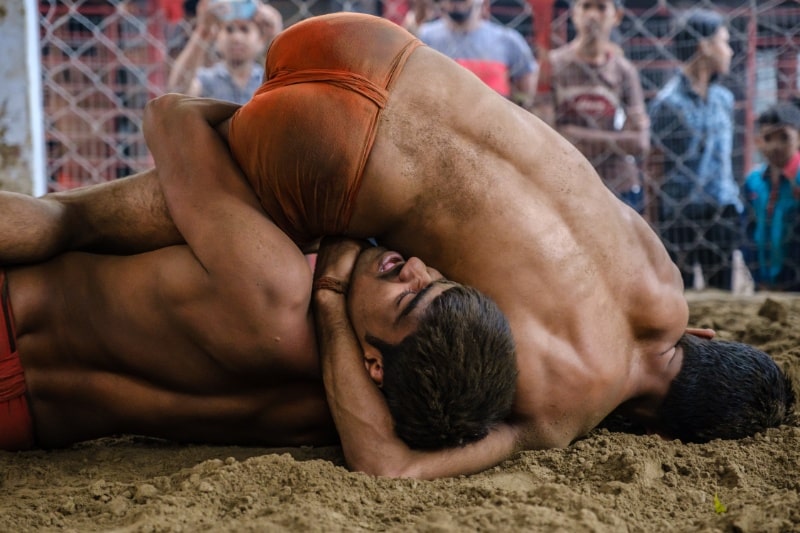
Shutterstock
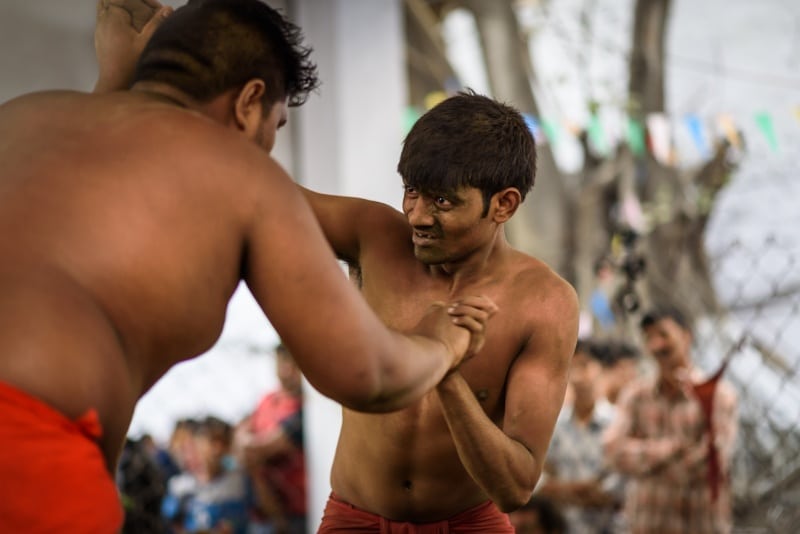
Shutterstock

Shutterstock
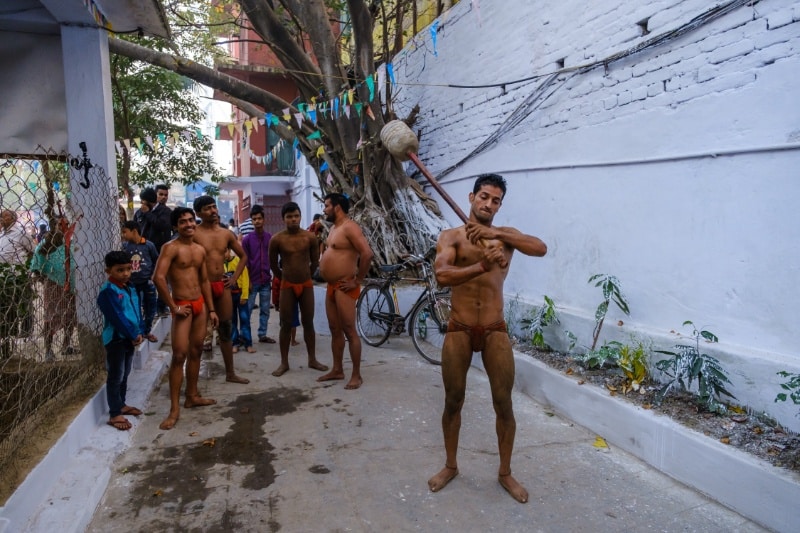
Shutterstock

Shutterstock

Shutterstock
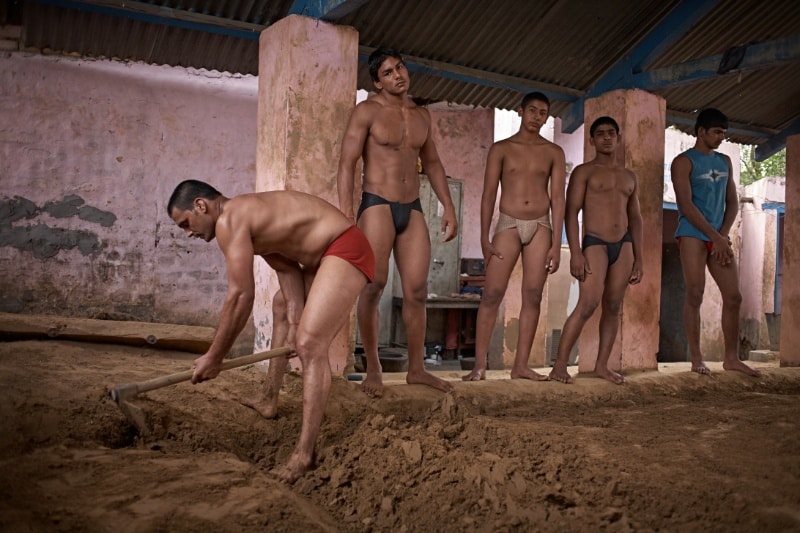
Shutterstock
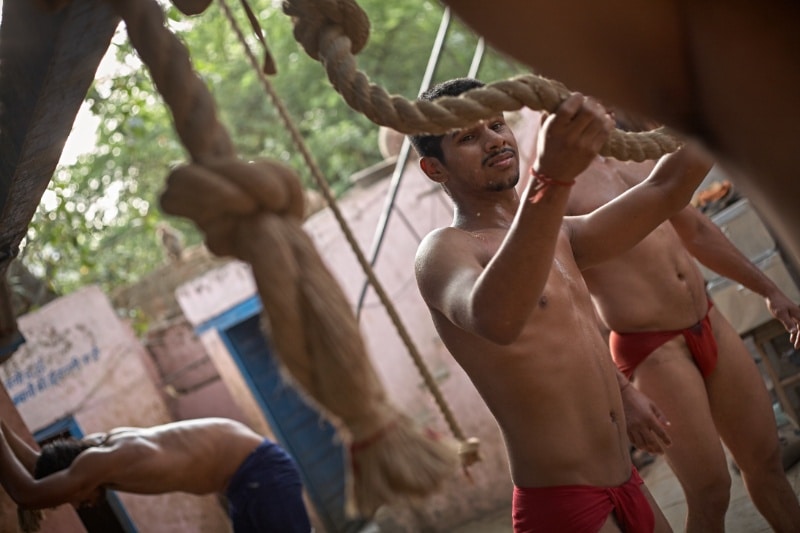
Shutterstock
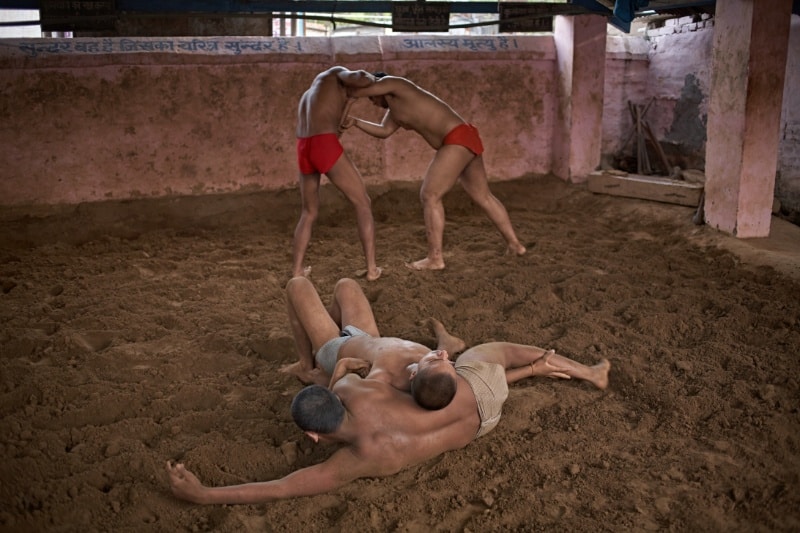
Shutterstock

Shutterstock
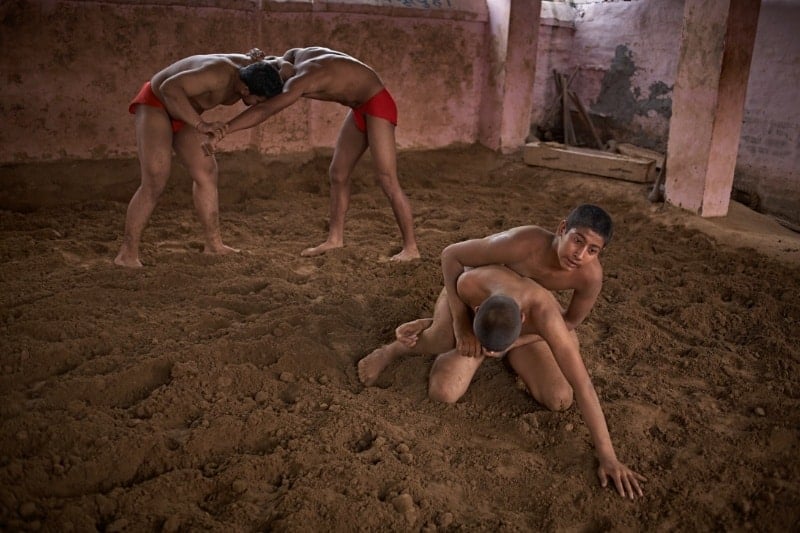
Shutterstock
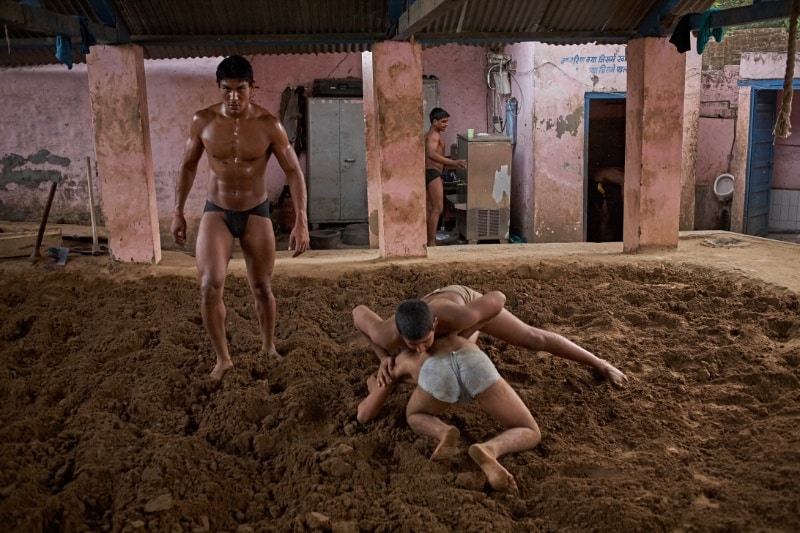
Shutterstock
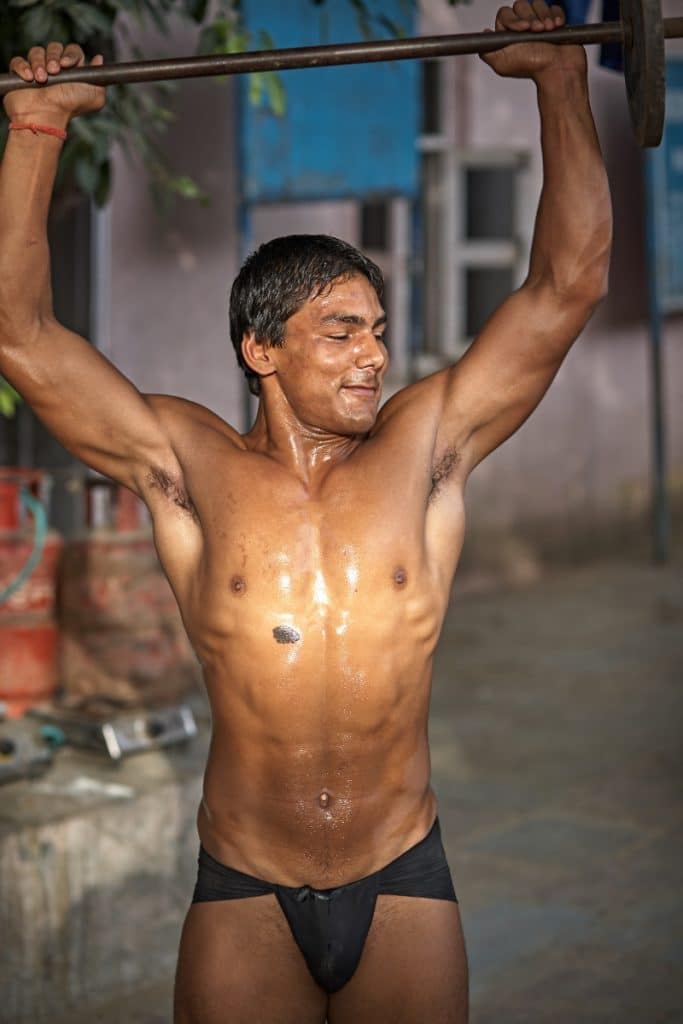
Shutterstock
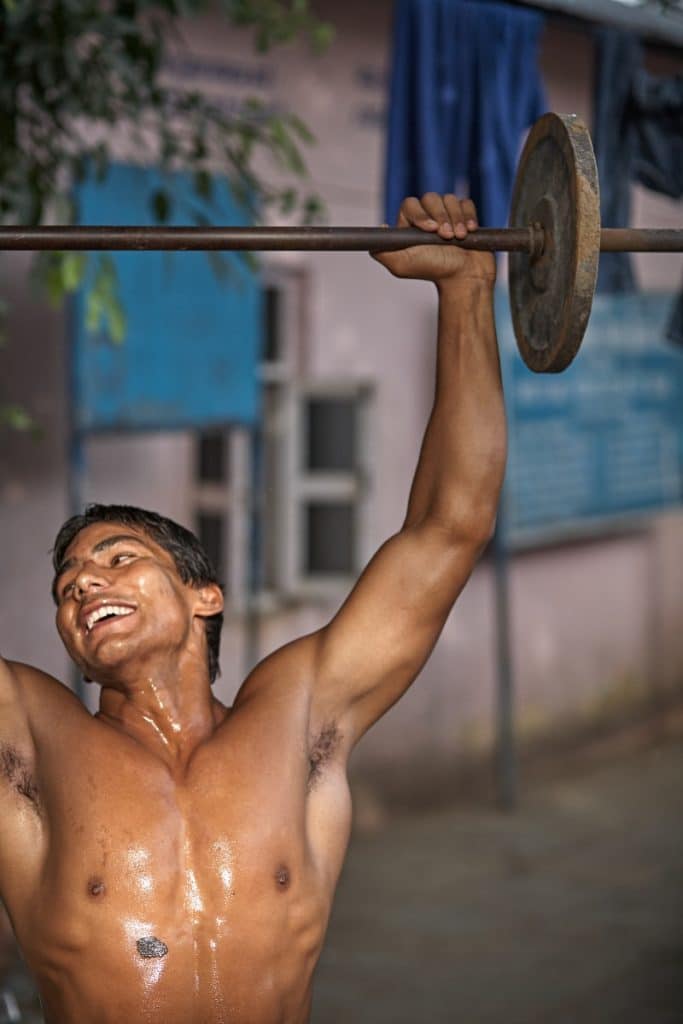
Shutterstock
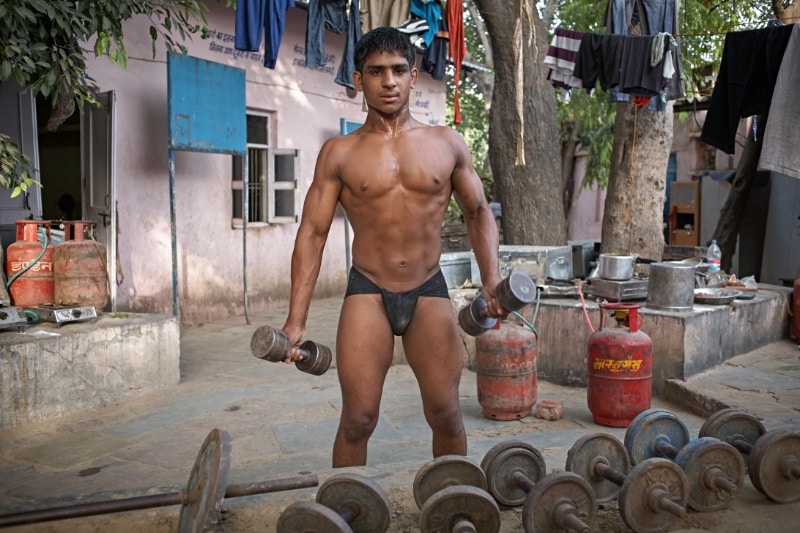
Shutterstock
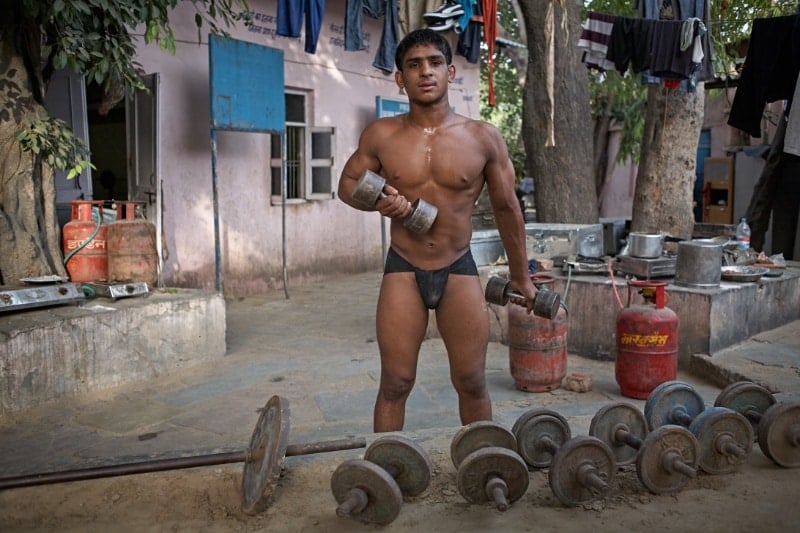
Shutterstock
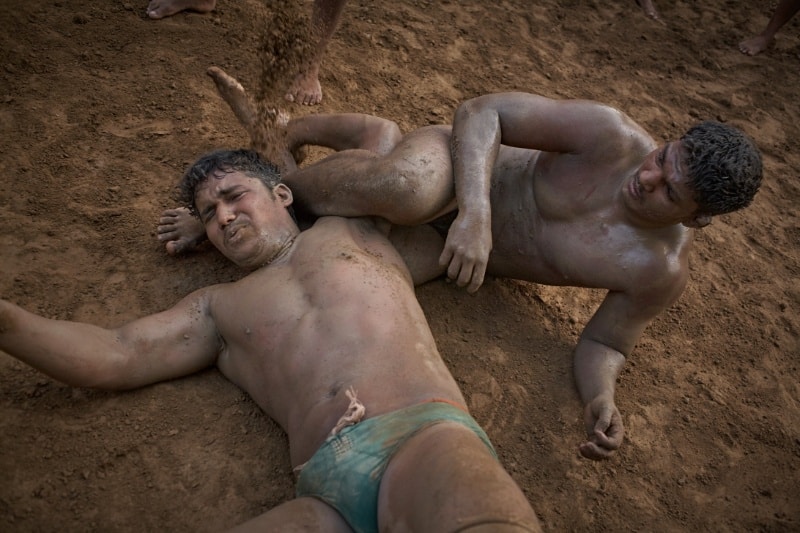
Shutterstock
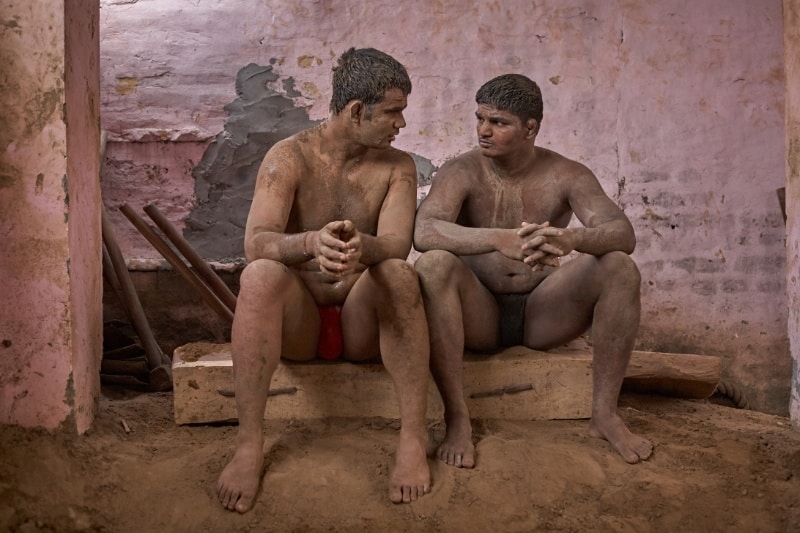
Shutterstock
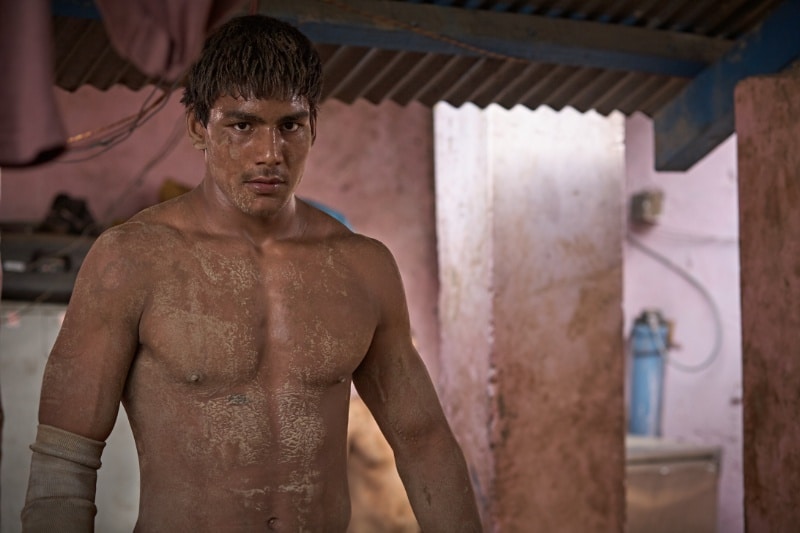
Shutterstock

Shutterstock
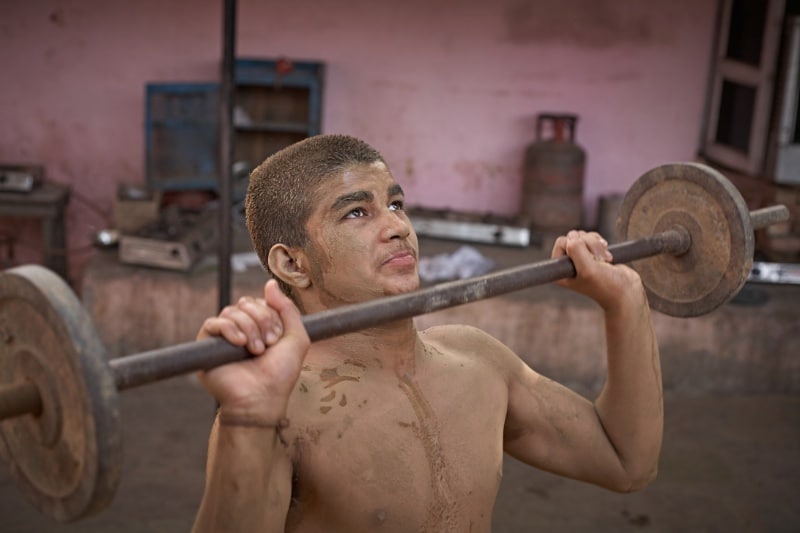
Shutterstock
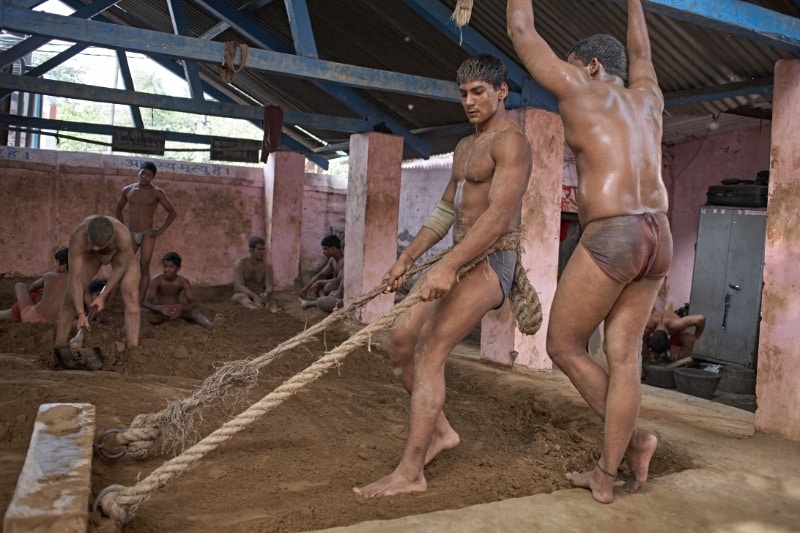
Shutterstock
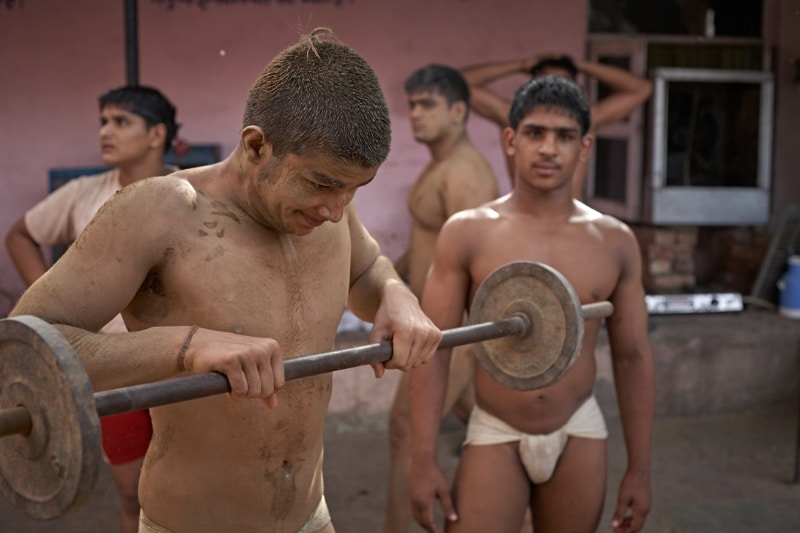
Shutterstock
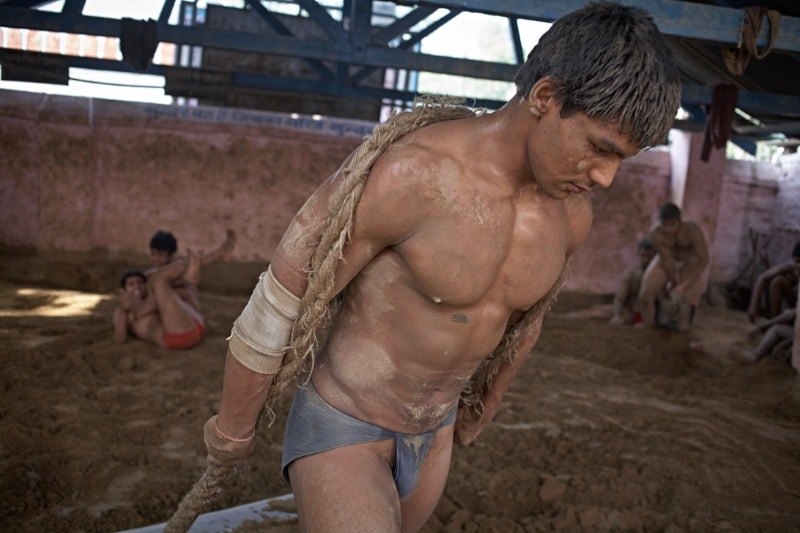
Shutterstock
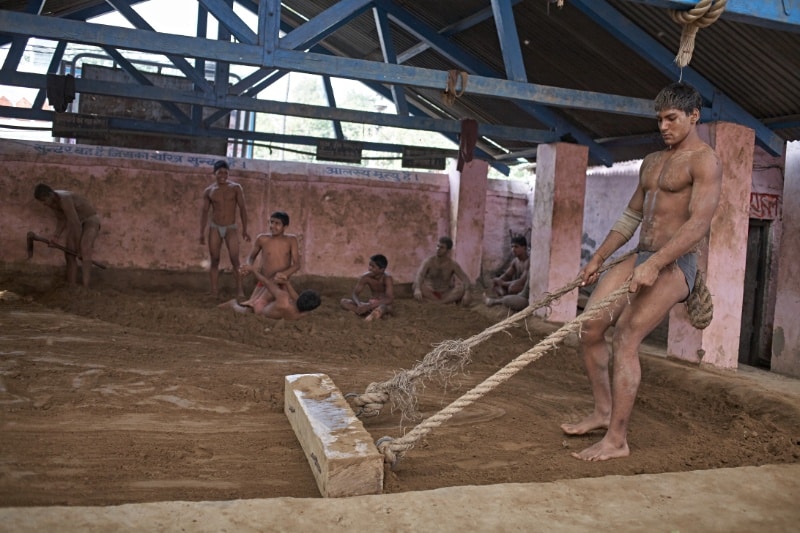
Shutterstock
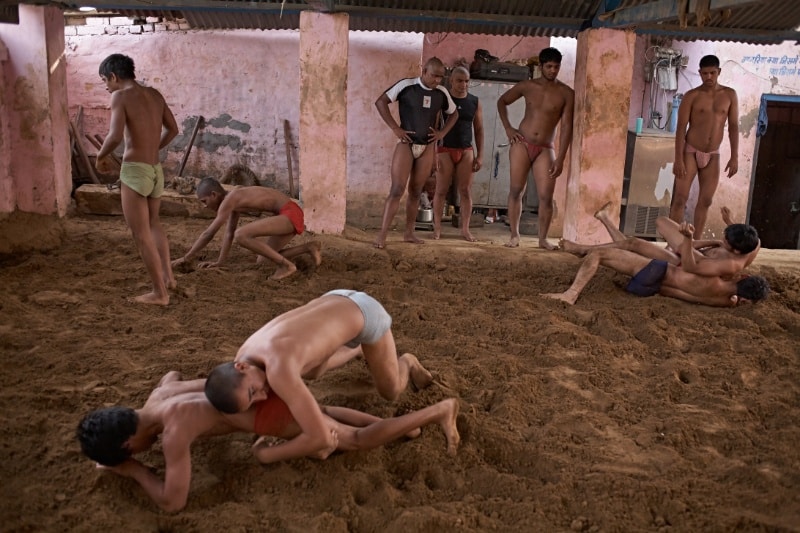
Shutterstock

Shutterstock
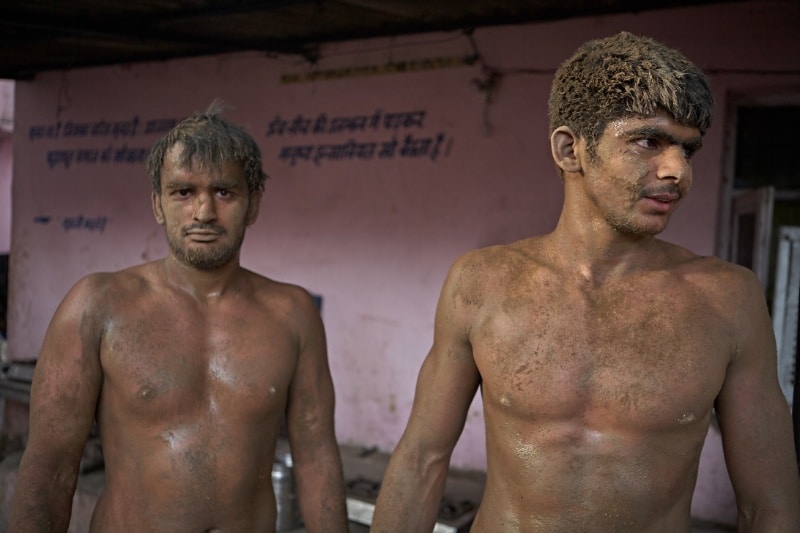
Shutterstock
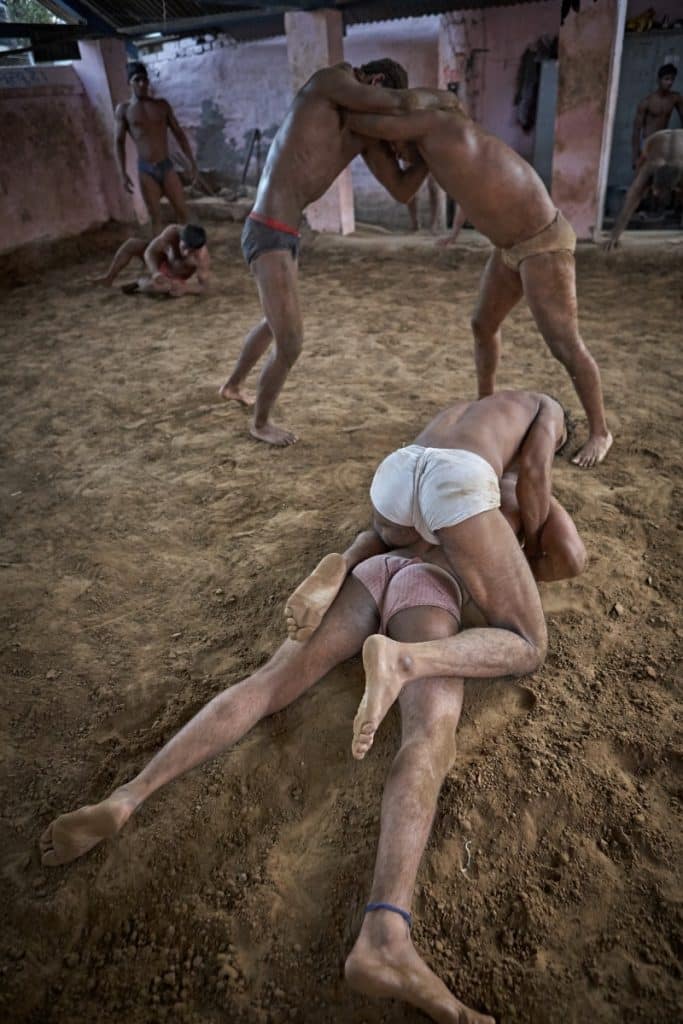
Shutterstock

Shutterstock
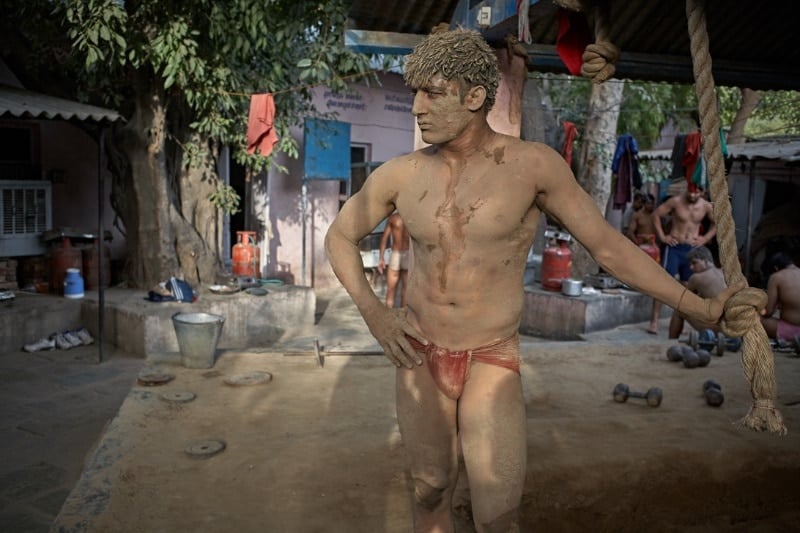
Shutterstock
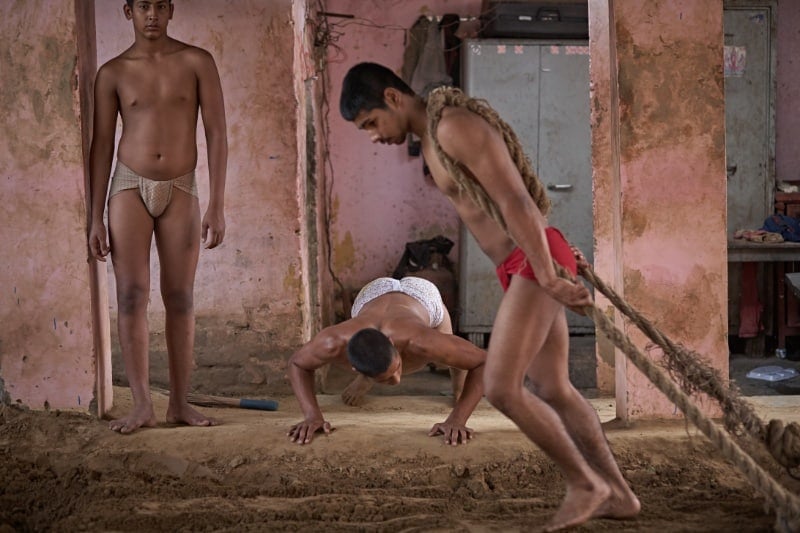
Shutterstock

Shutterstock
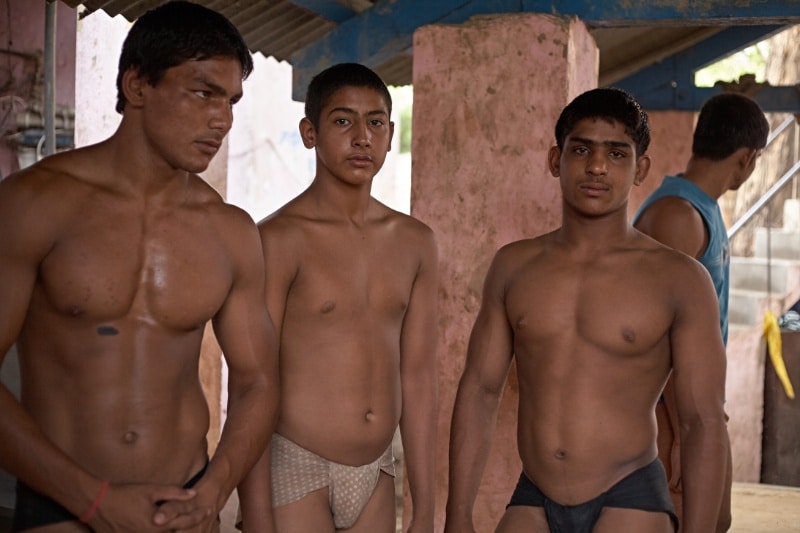
Shutterstock
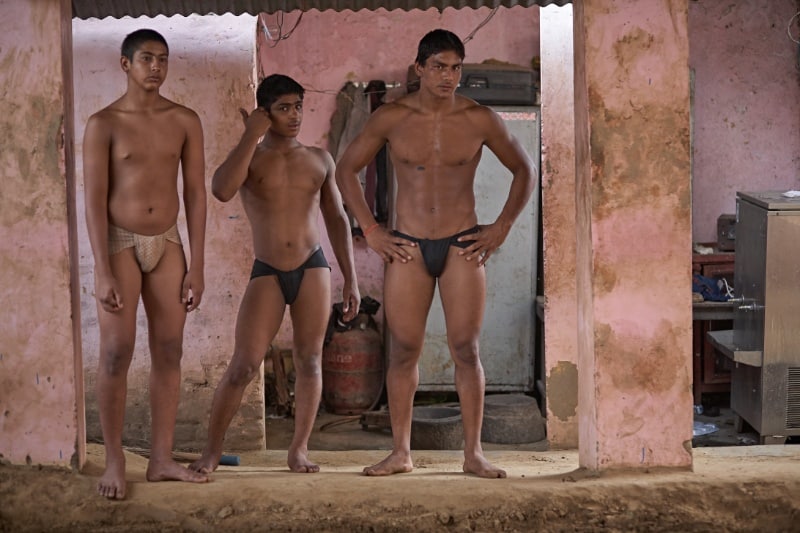
Shutterstock
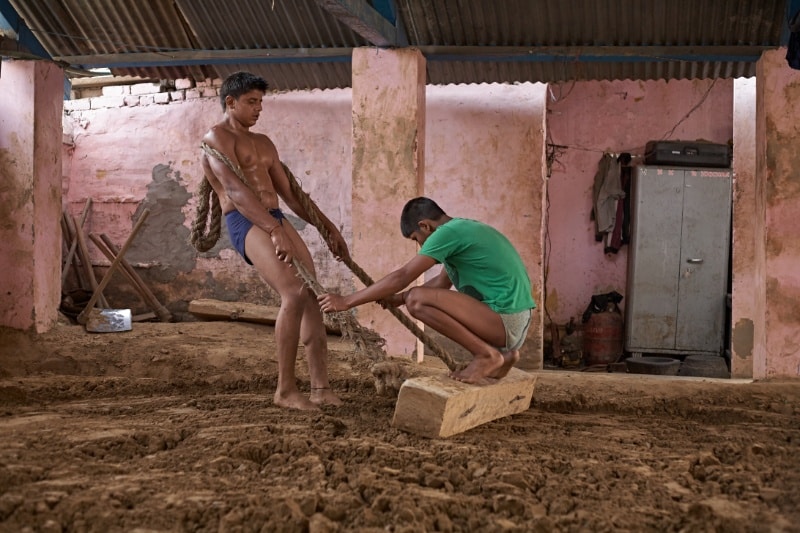
Shutterstock
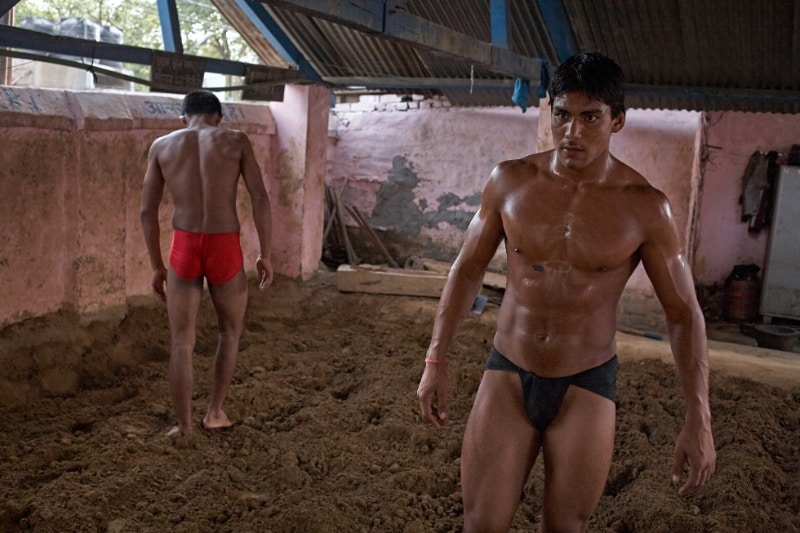
Shutterstock
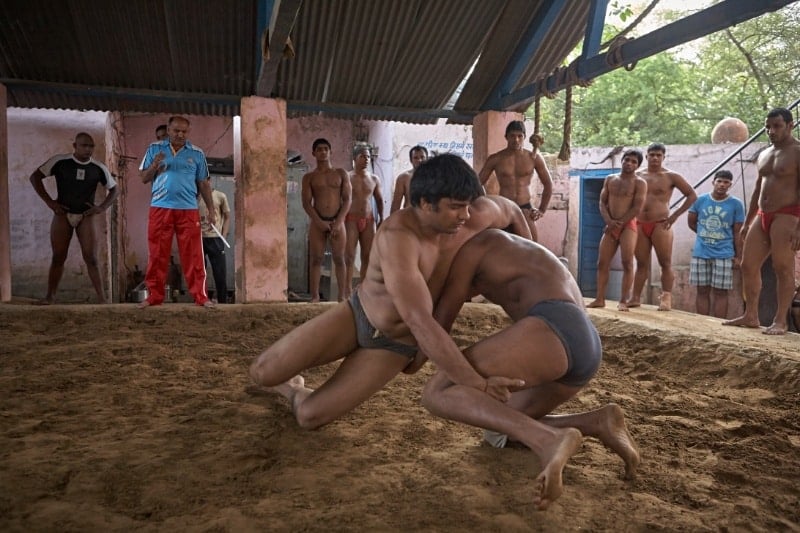
Shutterstock
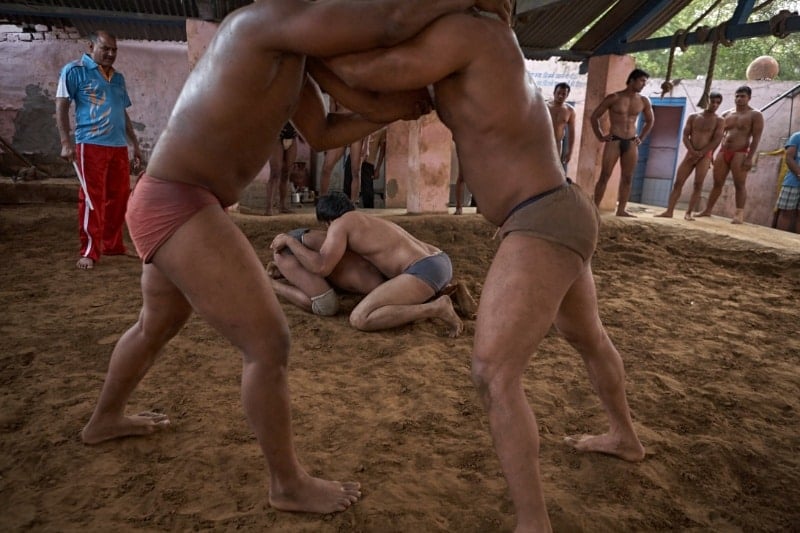
Shutterstock
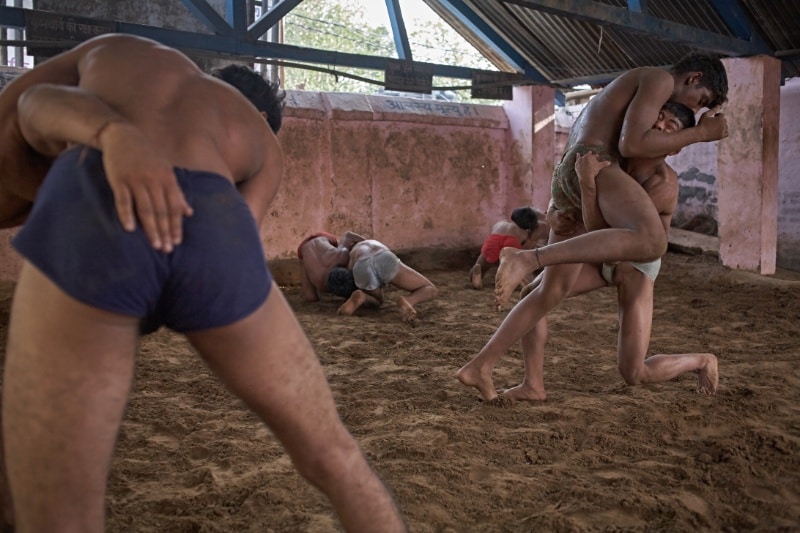
Shutterstock
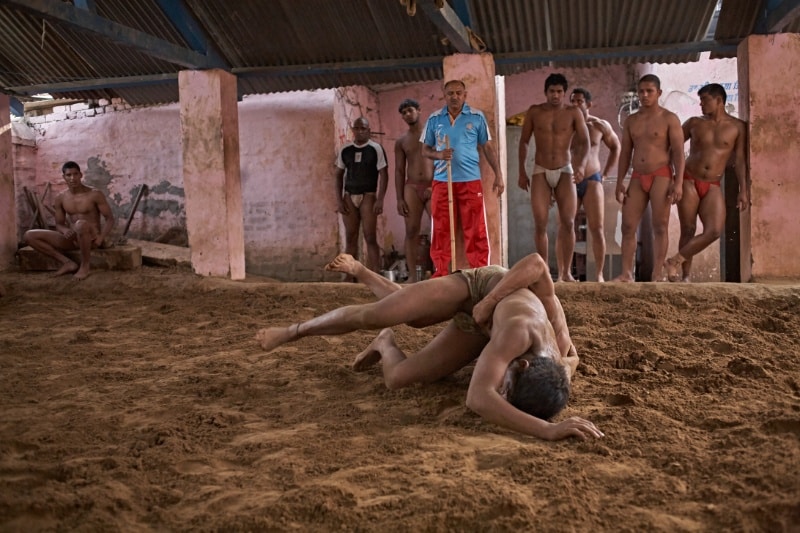
Shutterstock

Shutterstock

Shutterstock
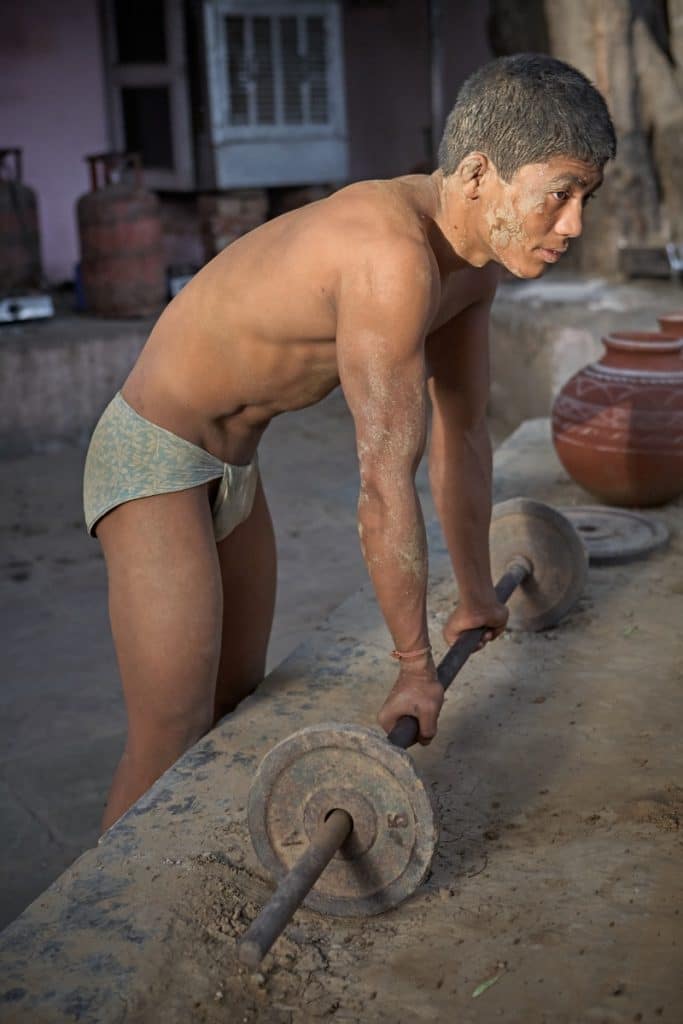
Shutterstock
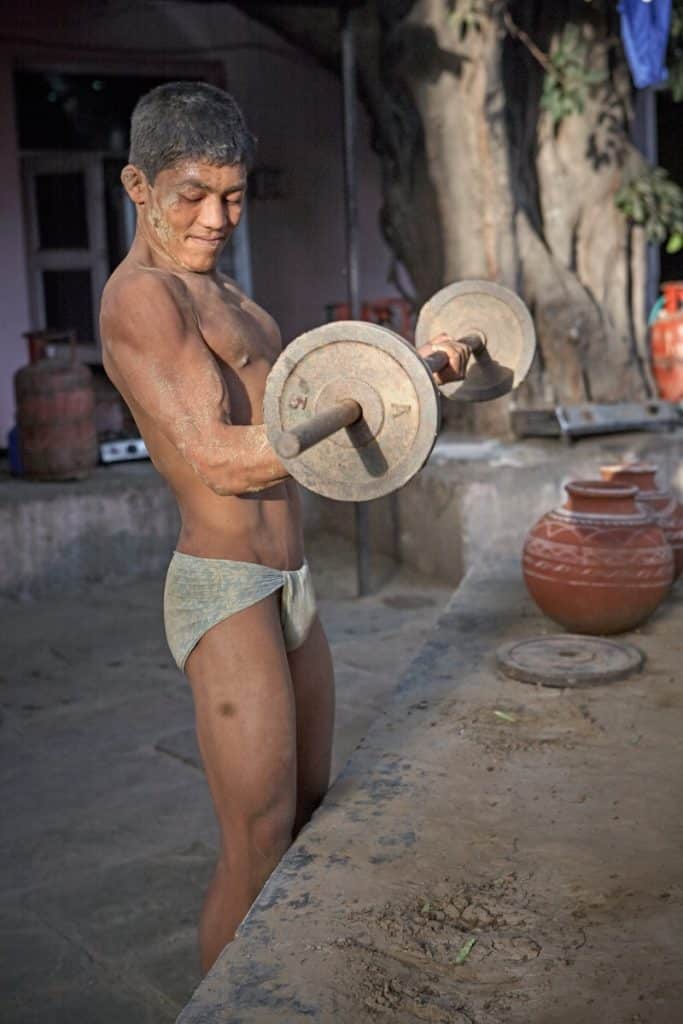
Shutterstock
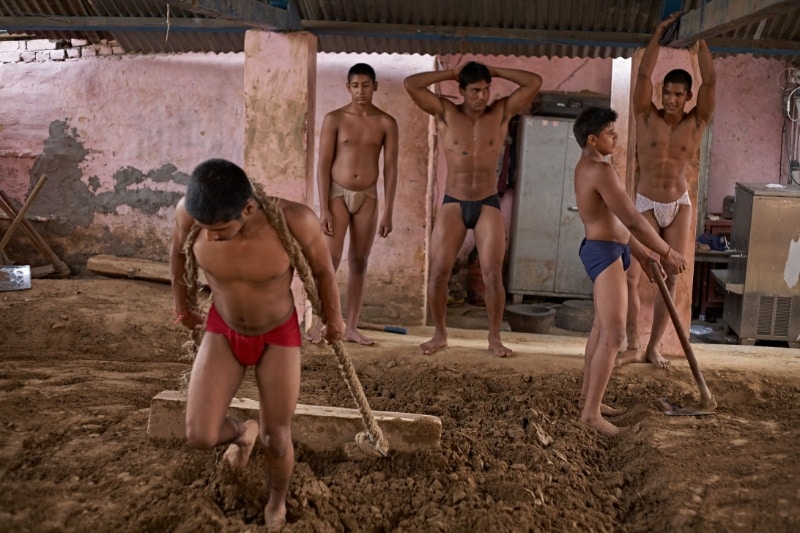
Shutterstock
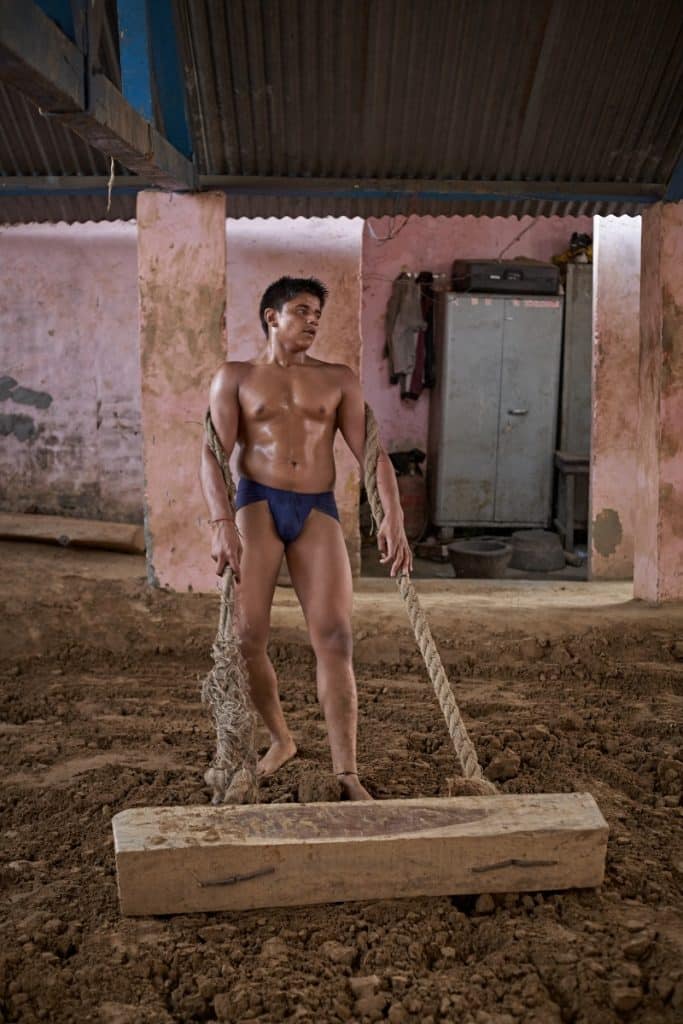
Shutterstock

Shutterstock
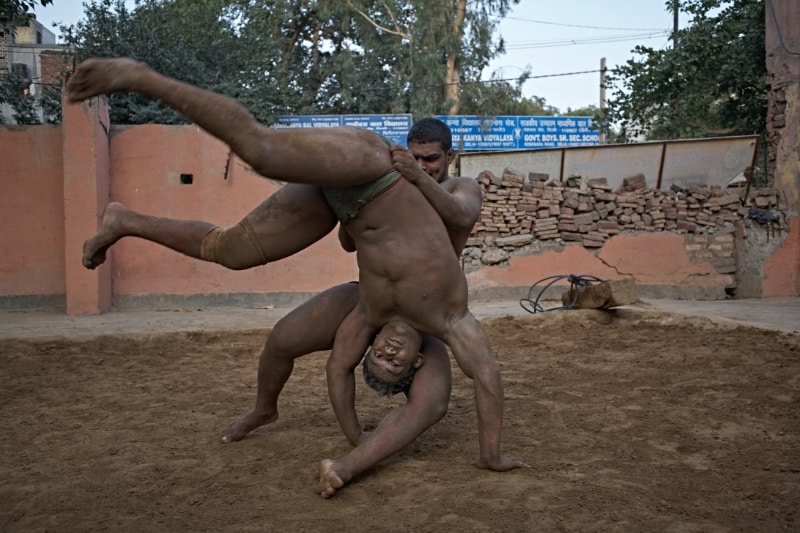
Shutterstock
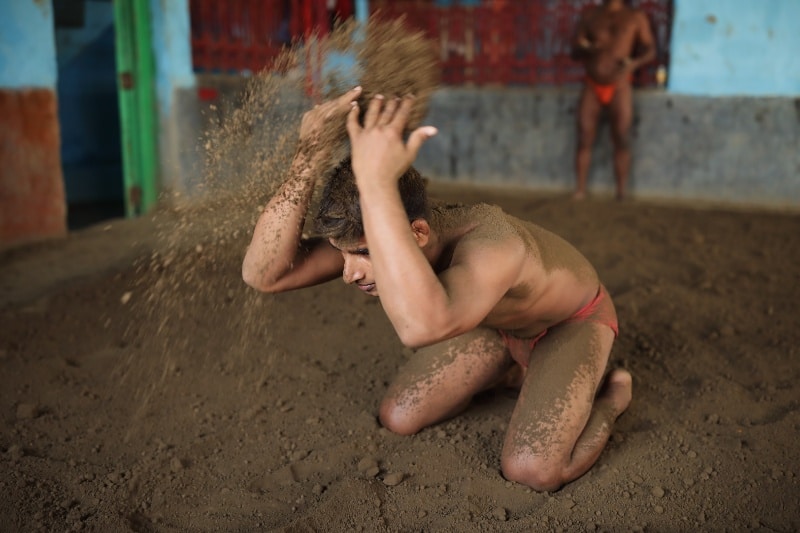
Shutterstock

Shutterstock
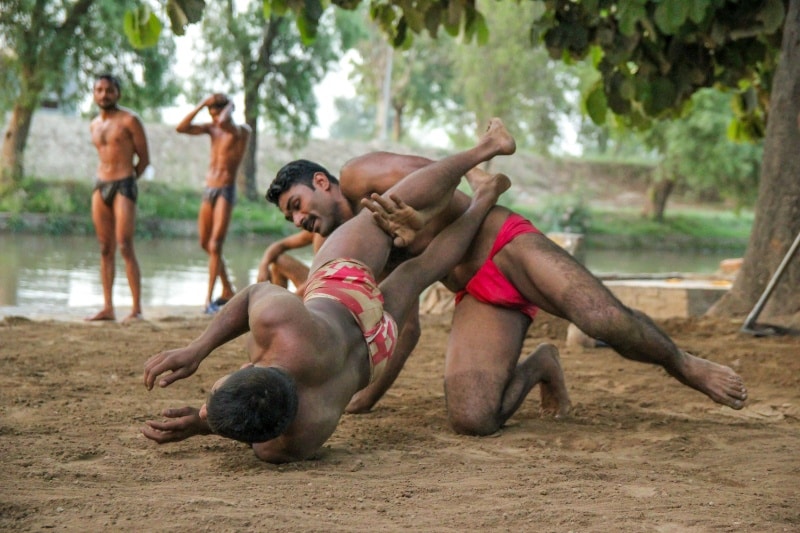
Shutterstock
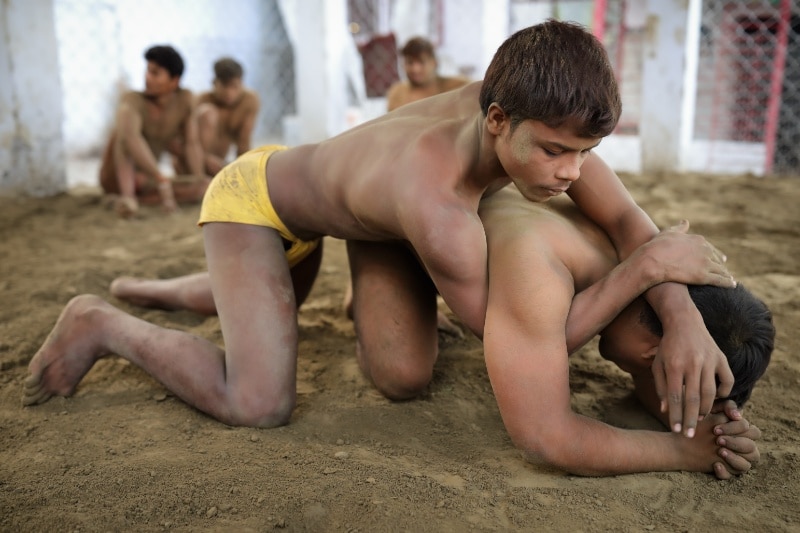
Shutterstock
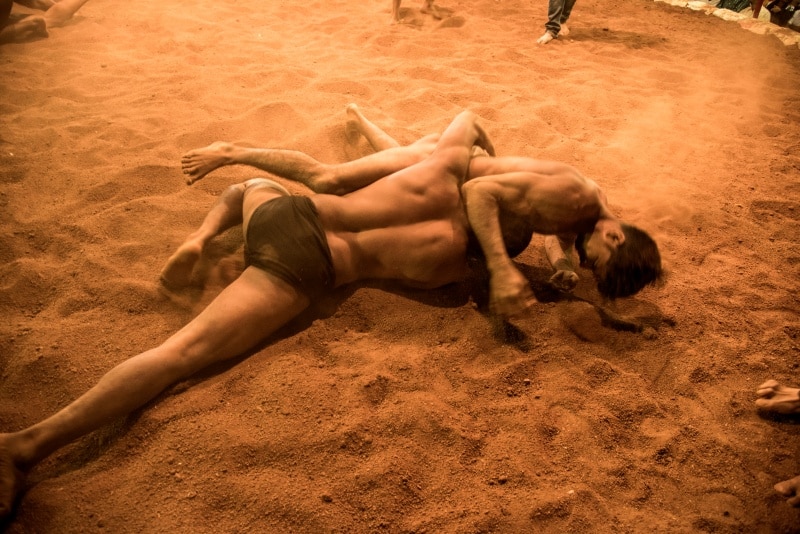
Shutterstock
BONUS: Here are 23 more dirty Kushti clips!
1. Lay the Groundwork
2. Dust Yourself Off
3. Limber Up
4. Build Your Strength
5. Lend The Men A Hand
6. No Pain No Gain
7. Help Your Brothers Out
8. Don’t Be Afraid to Get Dirty
9. Show Off A Little
10. Oil Up
11. Say a Prayer
12. Get Up Close And Personal
13. Get Ready to Flip-Flop
14. Prepare For Man on Man Action
15. Get Down and Dirty
16. Find Your Grip
17. Get Wet With Sweat
18. Pin Him Down
19. Get on Top
20. Never Stop Training
21. Show Him Who’s Boss
22. Don’t Get Dizzy
23. Get Back At It Again







